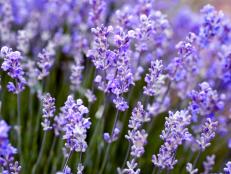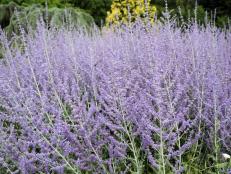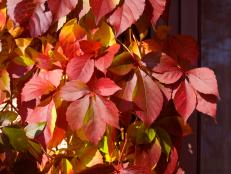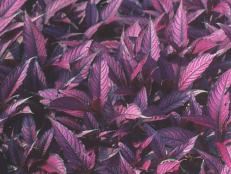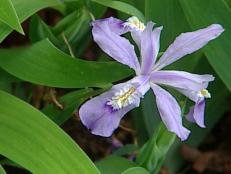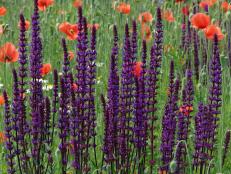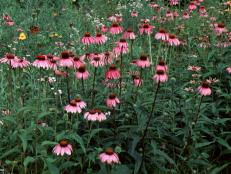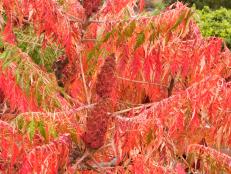All About Bugleweed
This shade-loving perennial forms a dense ground cover topped with pretty purple-blue flower spikes that pop in the spring.

Image courtesy of PerennialResource.com
Plant type: Herbaceous perennial
Botanical name: Ajuga sp.
Hardiness: USDA Zones 3 to 9
This low-maintenance perennial is grown for its colorful foliage and groundcover habit. In the spring, it produces profuse blue flower spikes about 6" tall and it may sporadically bloom again throughout summer and into fall. Bugleweed's flowers are breathtaking when planted in mass. This perennial is semi-evergreen to evergreen. Some selections feature variegated foliage and bloom colors in white, pink and rose. Plant size is 6" to 9" tall and as wide.
How to use it: Plant bugleweed in masses and containers. Use along the border or as edging in a mixed perennial border or shade garden. Tuck it in between stepping stones. Use it as an alternative groundcover for a lawn in shady areas. Combine with contrasting colors like creeping Jenny (Lysimachia nummularia 'Aurea') or spring-flowering bulbs.
Culture: Bugleweed prefers a rich, moist, well-drained site and tolerates clay and poor soils. Plant in full sun to shade. Be careful about planting bugleweed next to a turf area because it has creeping tendencies; install edging to help keep it from spreading. To deadhead spent blooms, run a lawnmower over it. Propagated through seed, cuttings or division. Division can be done at any time of the year and should be done every two to three years to avoid crowding. No serious pest or disease problems; may have crown rot problems, especially in hot and humid climates or areas with poor air circulation.
Special notes: Bugleweed is an excellent low-growing, evergreen groundcover. It spreads by underground runners (or stolons) that form a dense mat of foliage. It is not tolerant of heavy foot traffic. Bugleweed attracts wildlife, including bees. Warning: Bugleweed can become invasive, particularly in well-watered lawns.
Selected cultivars and species:
- A. genevensis 'Pink Beauty'. Produces dark pink blooms on 3" to 4" flower spikes. Good for rock gardens.
- A. reptans 'Burgundy Glow'. This variety features multicolored foliage with creamy white, green and dark pink. It produces little blue flower spikes which contrast nicely with the variegated foliage.
- A. reptans 'Catlin's Giant'. This is one of the largest cultivars. It has large-sized leaves that are dark green to deep purple in color and features large blue flower spikes.

.-Battle-on-the-Beach-courtesy-of-HGTV.-.jpg.rend.hgtvcom.196.196.suffix/1714761529029.jpeg)




